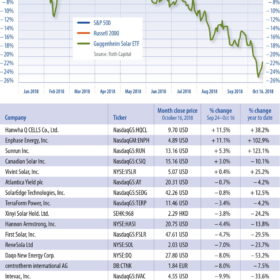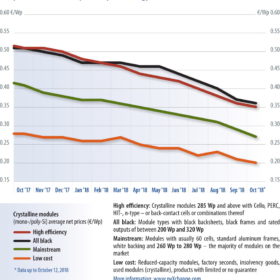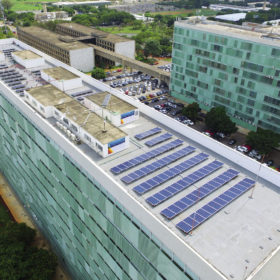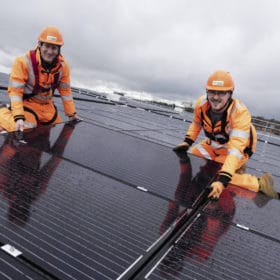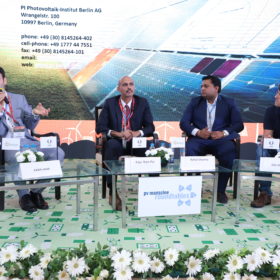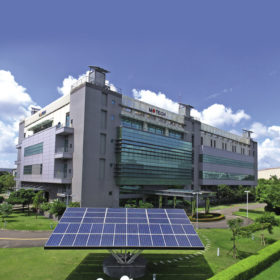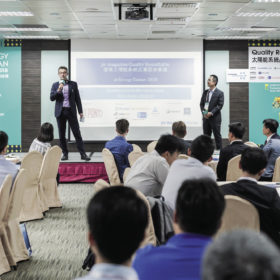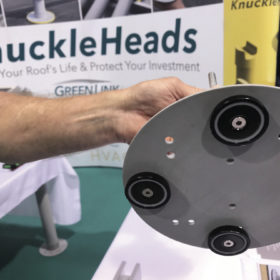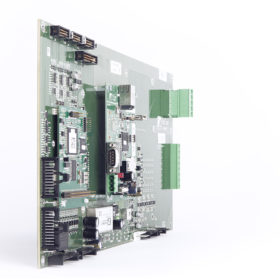Positive currents from SPI
Sentiment from downstream utility and residential solar companies at SPI was extremely positive. One would never know that China’s demand imploded and the U.S. imposed solar trade tariffs.
Is the bottom in sight?
Judging merely by the prices over the past few weeks, the answer would seem to be an unequivocal no. But if you believe the voices of some manufacturers, then the end of the across-the-board slump in module prices is within reach. Once again, a shortage seems to be emerging, at least among some tier-1 manufacturers.
Supply and demand in 2019
The PV market went through a succession of changes in 2018, including the United States Section 201, China’s 31/5 policy, and India’s safeguard tariff, writes PV InfoLink Chief Analyst Corrine Lin. This massively impacted demand this year, which saw a downward trend for the first time in years. However, it appears that policy stability has almost been reached, and module demand is expected to rebound to 95-100 GW next year.
Distributed generation – a growing market in Latin America
In the early aughts of the 21st century, distributed generation (DG) systems in Latin America were mainly installed as off-grid systems in remote rural areas that were isolated from the grid, writes Maria Chea, Solar Analyst at IHS Markit. As the El Niño phenomenon and high oil prices continued to exacerbate high electricity prices and power shortages, governments began to turn their attention to distributed generation, including PV systems, to assuage strains on their national grids.
“The government should be doing more – absolutely.”
While Westminster has brought the U.K.’s solar industry almost to a standstill, city councils are fighting like Gallic villages to keep the industry alive. Still, policy support and legislative security from Westminster are direly needed.
Innovation, investment, improvement
Two pv magazine Roundtables held at this year’s Renewable Energy India (REI) expo explored the key issues affecting the Indian solar market, and how the sector can evolve. The events brought industry stakeholders together, to participate in a lively discussion.
Further downstream
A few days before the annual Energy Taiwan trade show in Taipei, one of Taiwan’s largest cell manufacturers, Motech Industries, quietly announced that it was axing 300 employees due to poor market conditions. However, with bold PV goals opportunities present to diversify downstream.
New technologies, new challenges
Solar cell manufacturers are always in an R&D race to improve efficiency. But even with their efforts, today you can still expect up to a 3.5% loss from carrier or light-induced degradation, industry insiders claimed at pv magazine’s Quality Roundtable, held at Energy Taiwan 2018 in Taipei in September.
Solar components balancing act
Solar balance of system (BOS) components cost reductions have been in the crosshairs of the industry since consistently falling module prices raised BOS costs to more than 50% of an overall system. pv magazine investigates the latest efforts from manufacturers to bring these costs down, many of which were on display at California’s Solar Power International show in September.
A route to repowering for inverters
While the replacement of modules in aging PV systems with new, higher efficiency technologies has proved profitable for many projects in Europe, the route to improvements on the inverter side has been less clear. Greentech’s IPG Efficiency Kit, writes Ingo Rehmann, Founder and Managing Partner of greentech, offers a significant yield increase and further benefits for inverters of the Conergy IPG K series.
